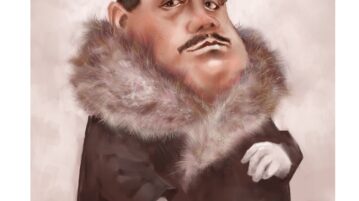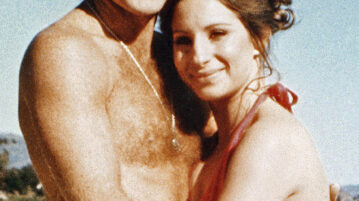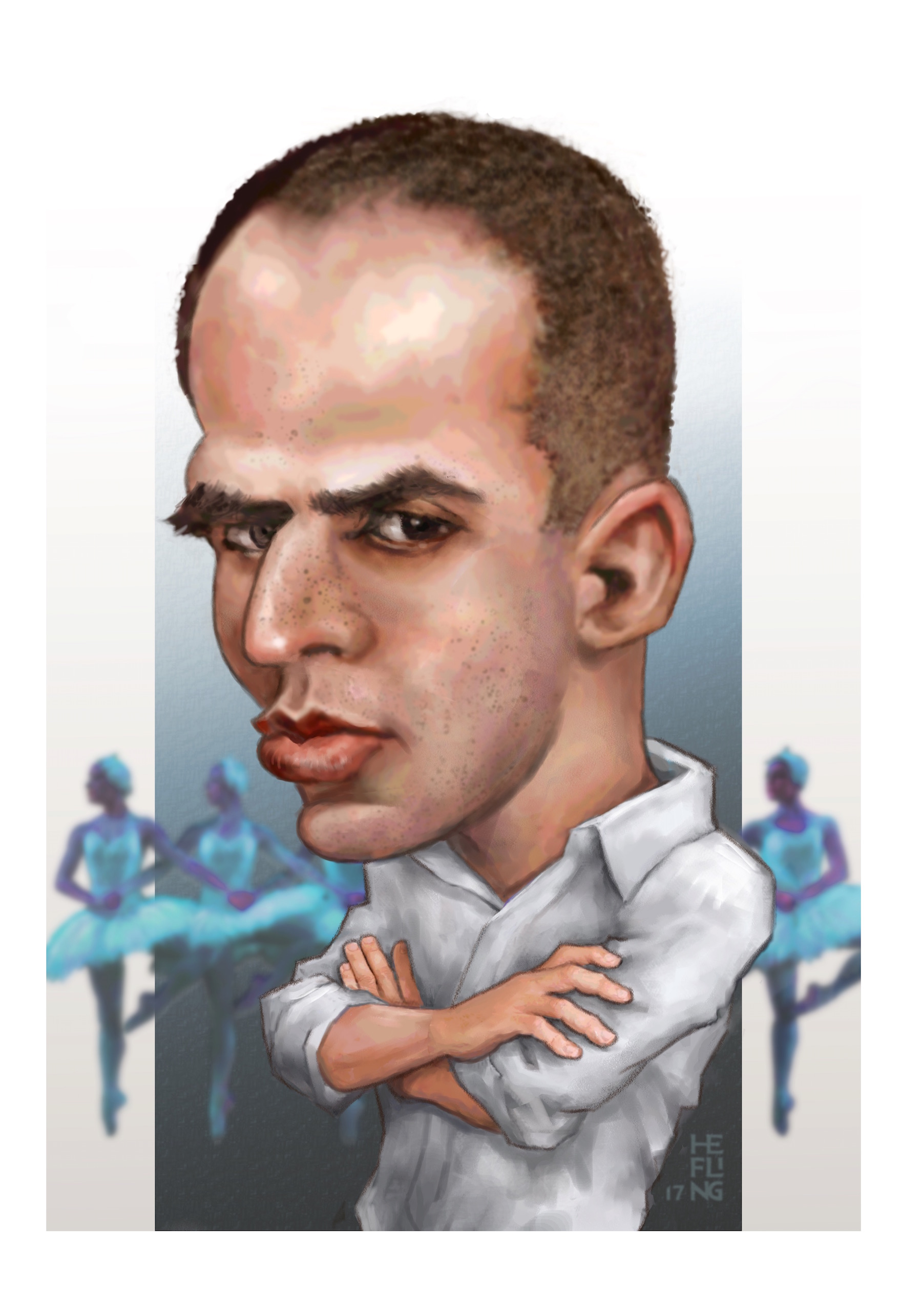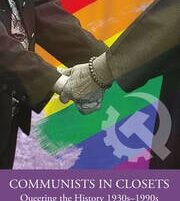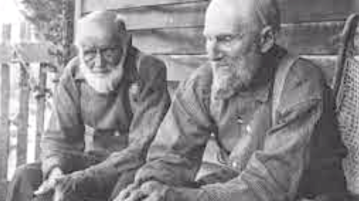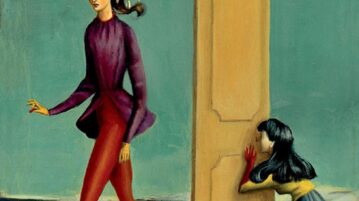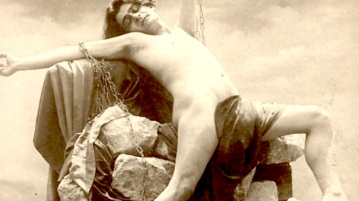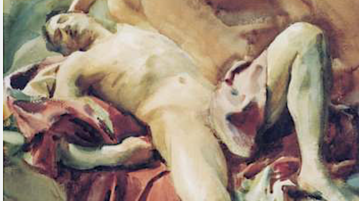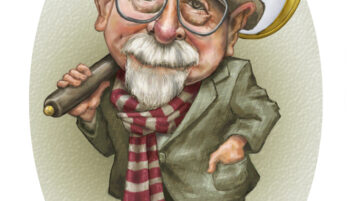
Joseph Hansen’s Pre-Stonewall World
In the early 1960s, Hansen argued that magazines like ONE and Tangents should be aimed primarily at heterosexuals, not homosexuals. The same could be said of his novels, which are written as much for straight readers as for gay ones. Let’s hope that the new edition of the Brandstetter novels wins for them the wider readership they deserve. Hansen’s carefully crafted novels deserve permanent currency both as mysteries and within the canon of gay fiction.
More


